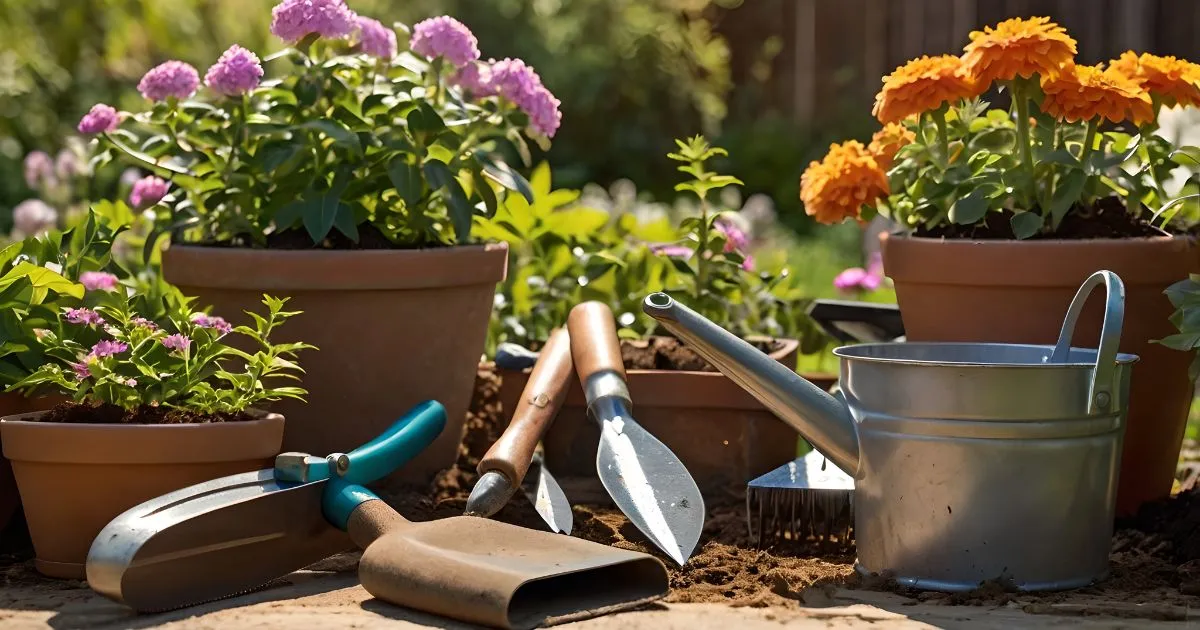Table of Contents
Gardening is a rewarding and therapeutic activity that allows you to connect with nature, grow your own food, and create a beautiful outdoor space. Whether you’re a seasoned gardener or a beginner, having the right tools is essential for success. In this article, we’ll explore the essential gardening tools every gardener should have, their uses, and tips for maintaining them. By the end, you’ll have a clear understanding of how to build a functional and efficient garden toolkit.
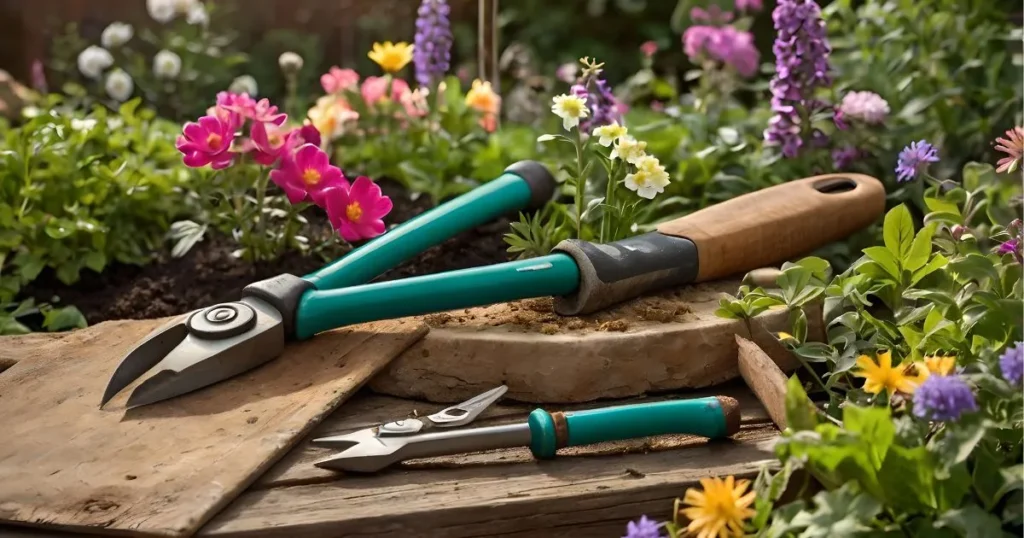
Why Are Essential Gardening Tools Important?
Before diving into the list of tools, it’s important to understand why having the right tools matters. Essential gardening tools are designed to make your gardening tasks easier, more efficient, and less physically demanding. They help you prepare the soil, plant seeds, prune plants, and maintain your garden’s overall health. Without the proper tools, even simple tasks can become frustrating and time-consuming.
Investing in high-quality tools not only saves you time and effort but also ensures that your plants thrive. The right tools can prevent damage to plants, reduce the risk of injury, and make gardening a more enjoyable experience.

The Must-Have Essential Gardening Tools
1. Hand Trowel
What Is a Hand Trowel?
A hand trowel is a small, handheld tool with a pointed, scoop-shaped metal blade. It’s one of the most versatile and commonly used essential gardening tools.
Uses of a Hand Trowel
- Planting small plants, herbs, and flowers.
- Digging holes for bulbs and seedlings.
- Removing weeds from tight spaces.
Tips for Choosing a Hand Trowel
- Look for a sturdy, rust-resistant metal blade.
- Choose a handle with a comfortable grip to reduce hand fatigue.
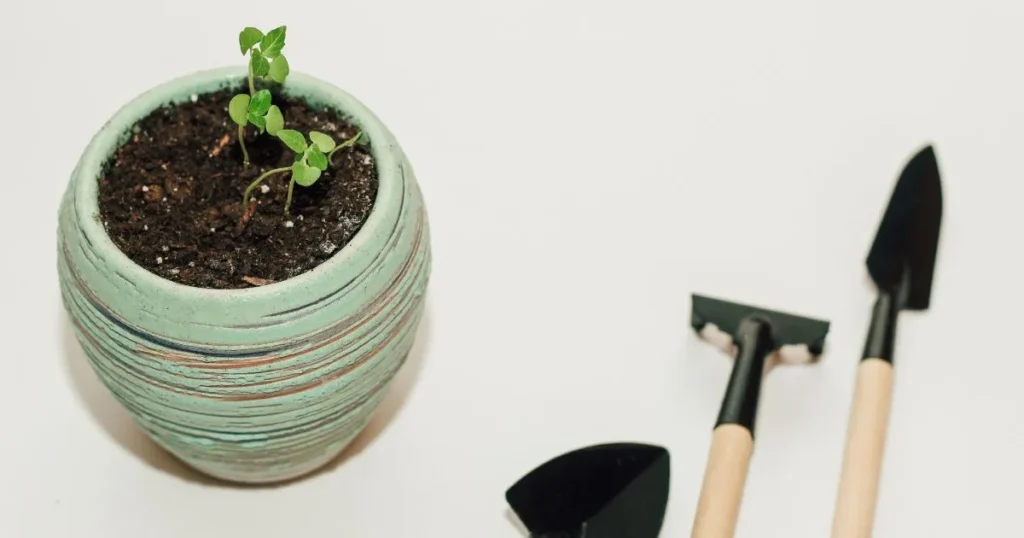
2. Pruning Shears
What Are Pruning Shears?
Pruning shears, also known as secateurs, are scissors-like tools designed for cutting stems, branches, and small shrubs.
Uses of Pruning Shears
- Trimming and shaping plants.
- Removing dead or damaged branches.
- Harvesting fruits, vegetables, and flowers.
Tips for Choosing Pruning Shears
- Opt for bypass pruners for clean cuts on live plants.
- Ensure the blades are sharp and easy to clean.
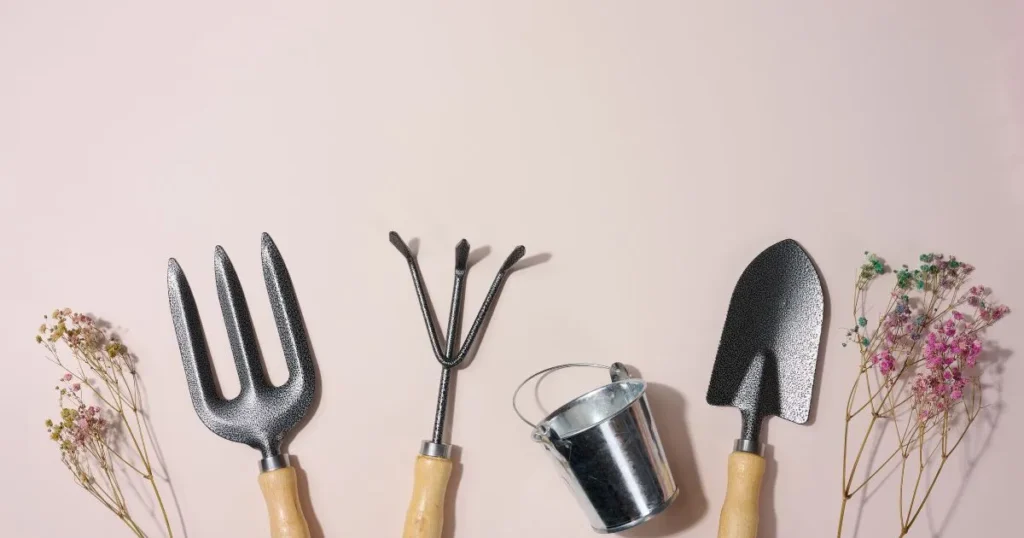
3. Garden Fork
What Is a Garden Fork?
A garden fork is a tool with a handle and several sturdy tines, similar to a pitchfork but smaller.
Uses of a Garden Fork
- Turning and aerating soil.
- Breaking up compacted soil.
- Mixing compost or fertilizer into the soil.
Tips for Choosing a Garden Fork
- Choose a fork with strong, durable tines.
- Look for a comfortable handle length to suit your height.
4. Spade
What Is a Spade?
A spade is a flat-bladed tool with a sharp edge, used for digging and moving soil.
Uses of a Spade
- Digging planting holes.
- Edging garden beds.
- Transplanting shrubs and small trees.
Tips for Choosing a Spade
- Select a spade with a stainless steel blade for durability.
- Ensure the handle is ergonomic and easy to grip.
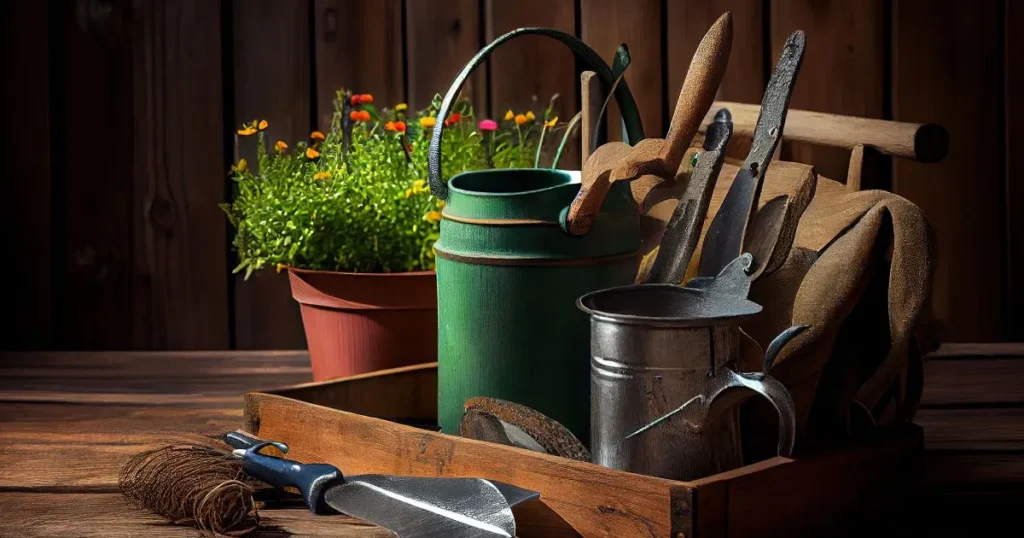
5. Rake
What Is a Rake?
A rake is a tool with a long handle and a row of tines or teeth, used for gathering leaves, debris, or leveling soil.
Uses of a Rake
- Clearing leaves and garden debris.
- Leveling soil for planting.
- Spreading mulch or compost.
Tips for Choosing a Rake
- Choose a leaf rake for lightweight debris and a garden rake for soil work.
- Look for adjustable tines for versatility.
6. Hoe
What Is a Hoe?
A hoe is a long-handled tool with a flat, rectangular blade, used for weeding and cultivating soil.
Uses of a Hoe
- Removing weeds from garden beds.
- Breaking up soil crusts.
- Creating furrows for planting seeds.
Tips for Choosing a Hoe
- Select a hoe with a sharp, durable blade.
- Choose a handle length that allows you to work comfortably without bending.
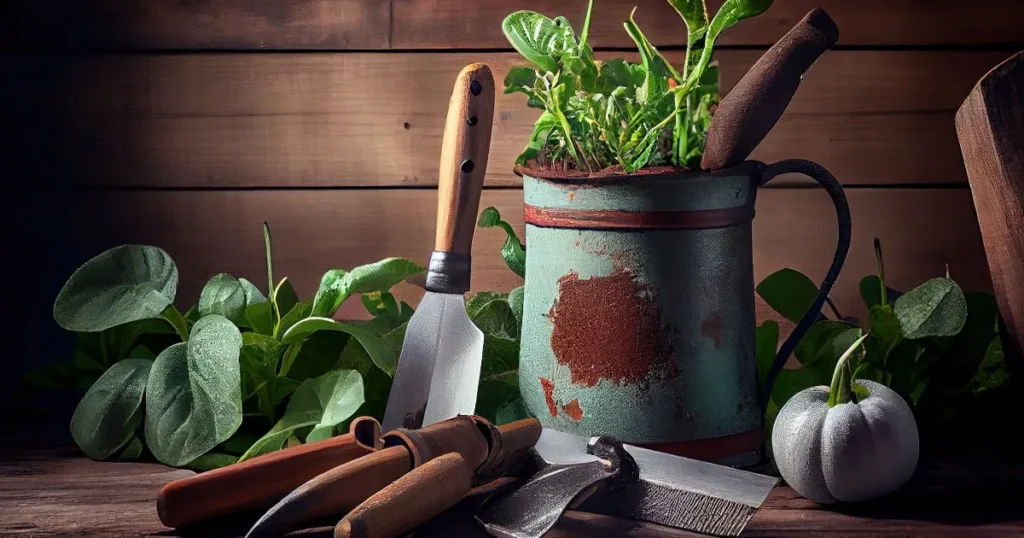
7. Watering Can or Hose
What Is a Watering Can or Hose?
A watering can or hose is essential for delivering water to your plants.
Uses of a Watering Can or Hose
- Watering plants, seedlings, and containers.
- Applying liquid fertilizers.
- Cleaning garden tools and surfaces.
Tips for Choosing a Watering Can or Hose
- Choose a watering can with a removable rose for gentle watering.
- Opt for a hose with adjustable spray settings for versatility.
8. Wheelbarrow
What Is a Wheelbarrow?
A wheelbarrow is a small cart with one or two wheels, used for transporting heavy materials.
Uses of a Wheelbarrow
- Moving soil, mulch, or compost.
- Transporting plants and tools.
- Hauling garden waste.
Tips for Choosing a Wheelbarrow
- Look for a sturdy, rust-resistant frame.
- Choose a wheelbarrow with a comfortable grip and balanced design.
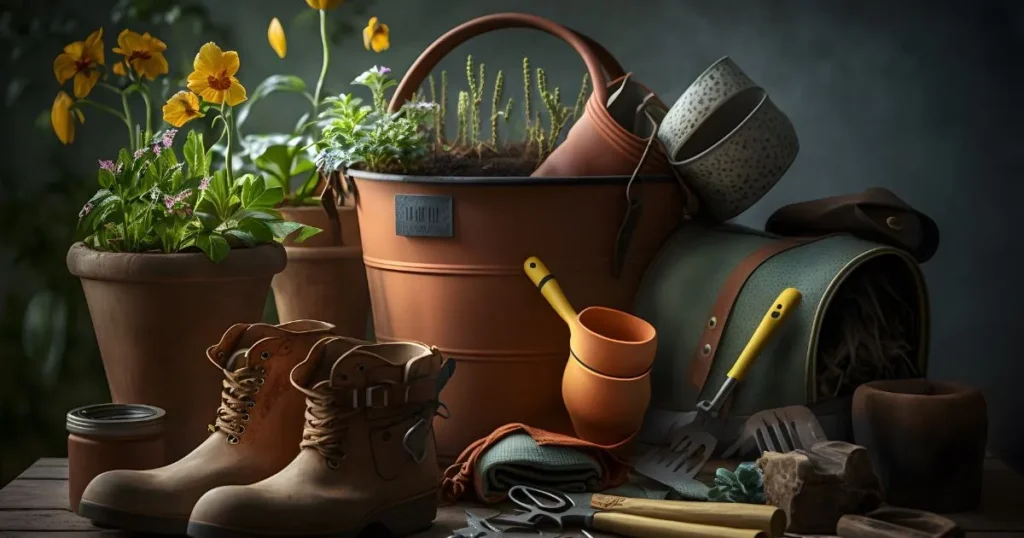
9. Gloves
What Are Gardening Gloves?
Gardening gloves are protective coverings for your hands, designed to shield them from dirt, thorns, and chemicals.
Uses of Gardening Gloves
- Protecting hands from cuts and blisters.
- Keeping hands clean while working with soil.
- Handling thorny plants or sharp tools.
Tips for Choosing Gardening Gloves
- Choose gloves made from durable, breathable materials.
- Ensure a snug fit for better dexterity.
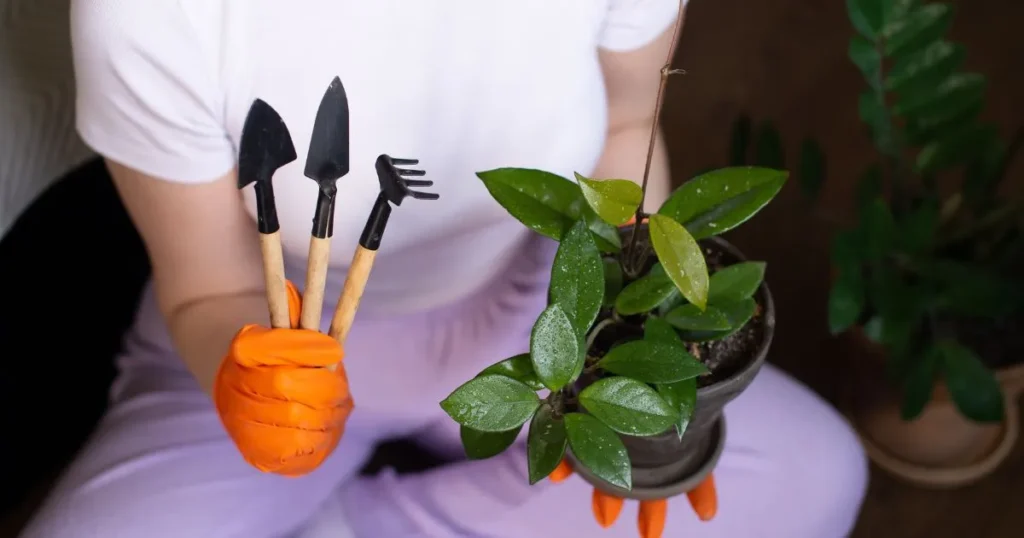
10. Pruning Saw
What Is a Pruning Saw?
A pruning saw is a small, handheld saw designed for cutting thicker branches.
Uses of a Pruning Saw
- Cutting branches too thick for pruning shears.
- Shaping trees and shrubs.
- Removing dead or damaged wood.
Tips for Choosing a Pruning Saw
- Look for a saw with sharp, rust-resistant teeth.
- Choose a foldable design for safe storage.
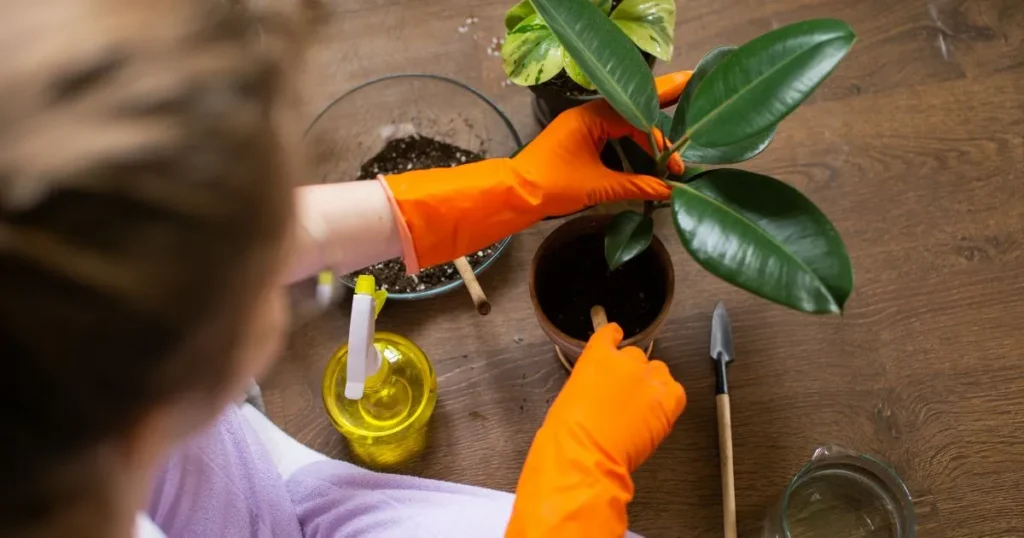
Maintaining Your Essential Gardening Tools
To ensure your essential gardening tools last for years, proper maintenance is key. Here are some tips:
- Clean tools after each use to remove dirt and debris.
- Sharpen blades regularly to maintain their effectiveness.
- Store tools in a dry, sheltered area to prevent rust.
- Oil moving parts, such as pruning shears, to keep them functioning smoothly.
Conclusion
Having the right essential gardening tools is crucial for creating and maintaining a thriving garden. From hand trowels and pruning shears to wheelbarrows and gloves, each tool plays a unique role in making gardening tasks easier and more enjoyable. By investing in high-quality tools and maintaining them properly, you’ll set yourself up for gardening success.
Whether you’re planting flowers, growing vegetables, or simply enjoying the beauty of nature, the right tools will help you achieve your gardening goals. So, stock up on these essential gardening tools and get ready to transform your outdoor space!
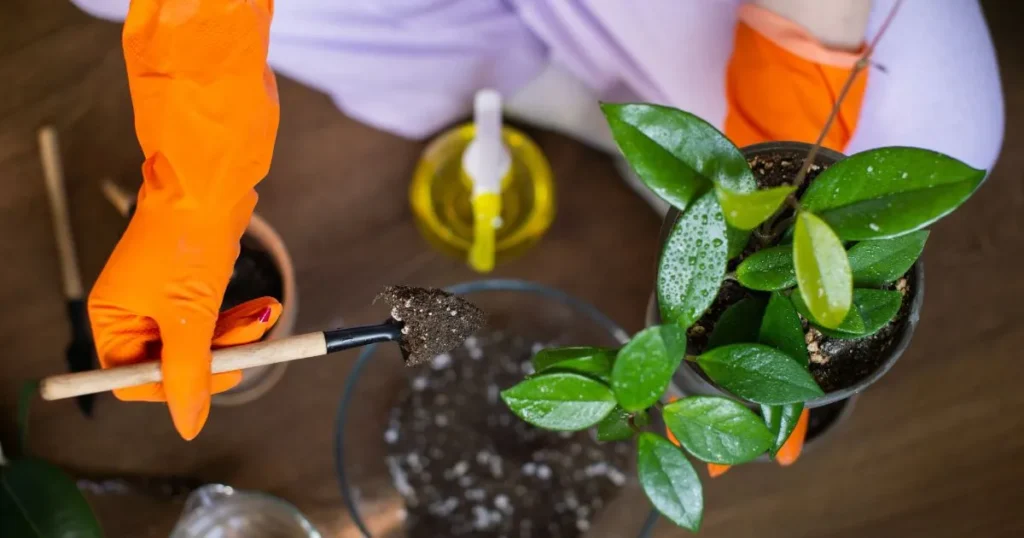
FAQ
1. What are the most essential gardening tools for beginners?
For beginners, the most essential gardening tools include a hand trowel, pruning shears, garden fork, spade, rake, and watering can.
2. How often should I clean my gardening tools?
You should clean your gardening tools after each use to prevent dirt and debris from causing damage or rust.
3. Can I use regular gloves for gardening?
While regular gloves can be used, it’s best to invest in gardening gloves designed to protect against thorns, chemicals, and moisture.
4. How do I sharpen my gardening tools?
You can sharpen gardening tools using a file or sharpening stone. Follow the tool’s original angle for the best results.
5. What’s the difference between a spade and a shovel?
A spade has a flat, rectangular blade for digging and edging, while a shovel has a curved blade for scooping and moving materials.
6. How do I store my gardening tools in winter?
Clean and dry your tools thoroughly, apply a light coat of oil to metal parts, and store them in a dry, sheltered area.

